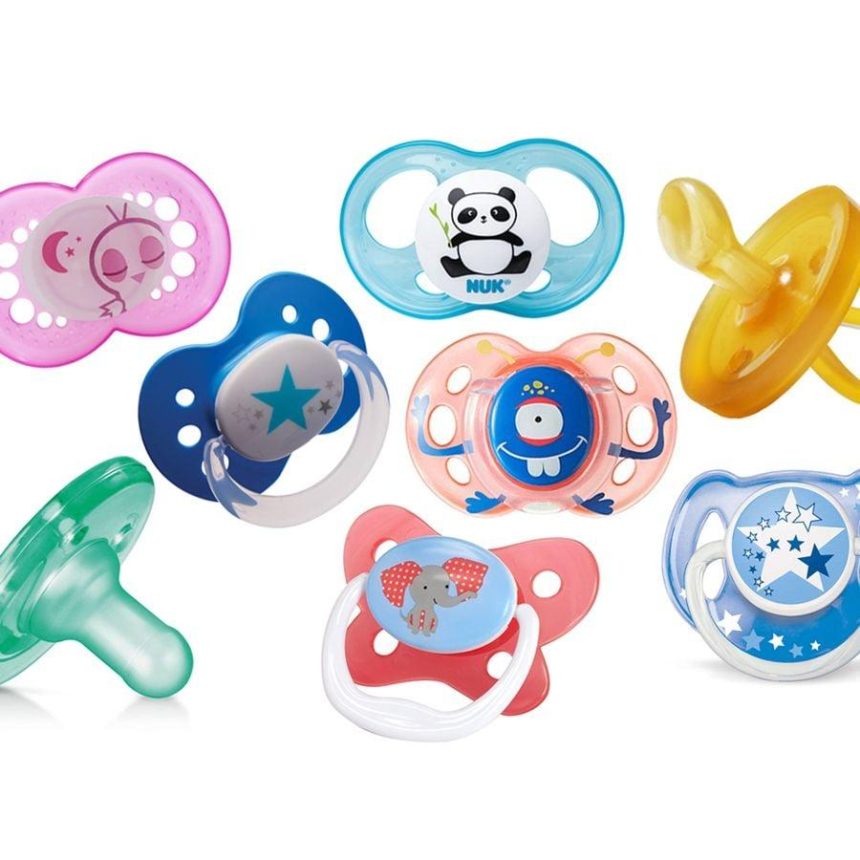Teething is a natural yet often distressing phase in an infant’s development, characterized by the emergence of first teeth through the gums, which can lead to discomfort and irritability. Parents and caregivers frequently search for effective strategies to alleviate this pain, with pacifiers emerging as a popular option. However, the question remains: do pacifiers provide genuine relief during this challenging time? This article delves into the intersection of pediatric dentistry and child psychology, examining the role of pacifiers in soothing teething discomfort. By analyzing current research and expert opinions, we aim to provide a comprehensive overview of the benefits and potential drawbacks of pacifier use during teething, ultimately equipping parents with the knowledge necessary to make informed decisions about their child’s comfort and well-being.
Understanding the Role of Pacifiers in Alleviating Teething Discomfort
Teething can be a challenging period for both infants and their caregivers, leading to discomfort and irritability. Among the various remedies available, pacifiers are often employed as a tool to soothe teething pain. The sucking reflex that pacifiers encourage can offer relief, as it aids in the closure of the jaw and may provide a counter-pressure against the gums, which can be particularly soothing for babies experiencing the pressure of emerging teeth. Additionally, pacifiers can distract infants from their discomfort and provide a sense of security during this transitional phase.
However, the effectiveness of pacifiers in alleviating teething discomfort can vary among infants. It is essential for caregivers to observe their child’s reactions to pacifier use and consider the following factors:
- Material: Silicone or latex pacifiers can have different effects; some babies may prefer one over the other.
- Shape: Orthodontic pacifiers are designed to support healthy oral development and may provide better comfort.
- Duration of Use: Limiting pacifier use to teething discomfort can help avoid dependency.
While pacifiers may be beneficial, they should not replace other teething remedies, such as chilled washcloths or teething rings, which can also provide physical relief. It’s crucial to consult with a pediatrician to identify the best approach tailored to the child’s specific needs.
The Physiological Mechanism: How Pacifiers May Soothe Teething Pain
The physiological response to teething pain can be complex, often leading caregivers to seek effective methods for relief. When infants experience this discomfort, it can manifest in several ways, including irritability and restless behavior. Pacifiers may provide a multifaceted approach to soothing these symptoms by engaging a comforting sucking reflex. This reflex not only satisfies the natural urge to suck but also stimulates the release of **endorphins**—the body’s natural pain-relievers. As infants gnaw on their pacifiers, the pressure along their gums can create a counteracting sensation to the sharp pain of erupting teeth, functioning as a form of **self-soothing** that may temporarily alleviate distress.
Moreover, the act of sucking has been shown to increase blood flow to the gums, which can provide additional relief. The rhythmic motion involved in using a pacifier may also divert the infant’s attention from the discomfort associated with teething. Furthermore, many pacifiers are designed with varying textures and shapes that can enhance this soothing effect. The following factors contribute to the efficacy of pacifiers in relieving teething pain:
- Pressure Relief: Provides gentle pressure on sore gums.
- Sensory Stimulation: Engages tactile senses, distracting from pain.
- Emotional Comfort: Offers a sense of security and peace.
Evaluating Types of Pacifiers for Optimal Teething Relief
When selecting a pacifier to aid in alleviating teething discomfort, a variety of options come into play, each designed with specific features that cater to the unique needs of infants. Among the most popular types are **silicone pacifiers**, known for their durability and ease of cleaning, and **natural rubber pacifiers**, which offer a softer texture that some babies find comforting. Additionally, **orthodontic pacifiers** promote proper dental alignment and can be beneficial for developing mouths. Parents should also consider **teething pacifiers** that often come with textured surfaces or are designed to be chilled, providing a cooling effect that can soothe inflamed gums.
Moreover, certain materials and designs may enhance the effectiveness of pacifiers during teething periods. Here’s a quick comparison of key features to consider:
| Type | Material | Benefits |
|---|---|---|
| Silicone Pacifiers | Silicone | Durable, easy to clean, less likely to retain odors |
| Natural Rubber Pacifiers | Natural rubber | Soft, flexible, and often more comforting for babies |
| Orthodontic Pacifiers | Varied (Silicone/Rubber) | Supports proper dental alignment |
| Teething Pacifiers | Silicone/Rubber | Chillable, textured for gum relief |
the choice of pacifier can significantly influence the comfort level of a teething infant. By assessing the materials, designs, and specific needs related to teething pain, caregivers can make informed choices that not only help soothe their baby but also foster healthy oral development.
Expert Recommendations for Safe and Effective Use of Pacifiers During Teething
When considering the use of pacifiers during teething, it is essential to follow expert recommendations to ensure safety and effectiveness. First and foremost, **choose the right pacifier**: select one made from soft, durable materials that can withstand biting without breaking. A pacifier with a one-piece design offers a lower risk of pieces breaking off and posing a choking hazard. Additionally, ensure the size is appropriate for your child’s age to prevent any risk of swallowing. It is also advisable to **limit pacifier use** to specific periods, particularly during teething bouts. This helps prevent dependency and encourages your child to self-soothe in other ways as well.
Furthermore, maintaining **hygiene is critical** when using pacifiers during this time. Regularly wash pacifiers with warm, soapy water and avoid sharing them, as this can transfer bacteria. Be mindful of signs of wear, as damaged pacifiers should be replaced immediately. Moreover, experts suggest that parents monitor their child’s reaction; if your child seems more upset or uncomfortable while using the pacifier, consider consulting a pediatrician for alternative teething relief methods. By adhering to these guidelines, caregivers can facilitate a smoother teething experience while keeping safety at the forefront.
Key Takeaways
the relationship between pacifiers and teething relief is multifaceted and nuanced. While some parents may find that pacifiers offer temporary comfort during the teething process, it is essential to recognize the varied responses among infants and the potential for both positive and negative outcomes. Current research indicates that while pacifiers may soothe discomfort and distract infants from pain, excessive use may lead to complications such as dental misalignment or an increased risk of ear infections. Thus, caregivers should consider a balanced approach, using pacifiers judiciously as part of a broader teething management strategy that includes other pain relief methods, such as chilled teething rings and over-the-counter pain relievers, when necessary.
Ultimately, consulting with pediatric healthcare providers is crucial for tailored guidance and support in navigating this challenging developmental stage. By staying informed and employing well-rounded strategies, parents can better equip themselves to address their children’s teething discomfort while fostering healthy oral development.


